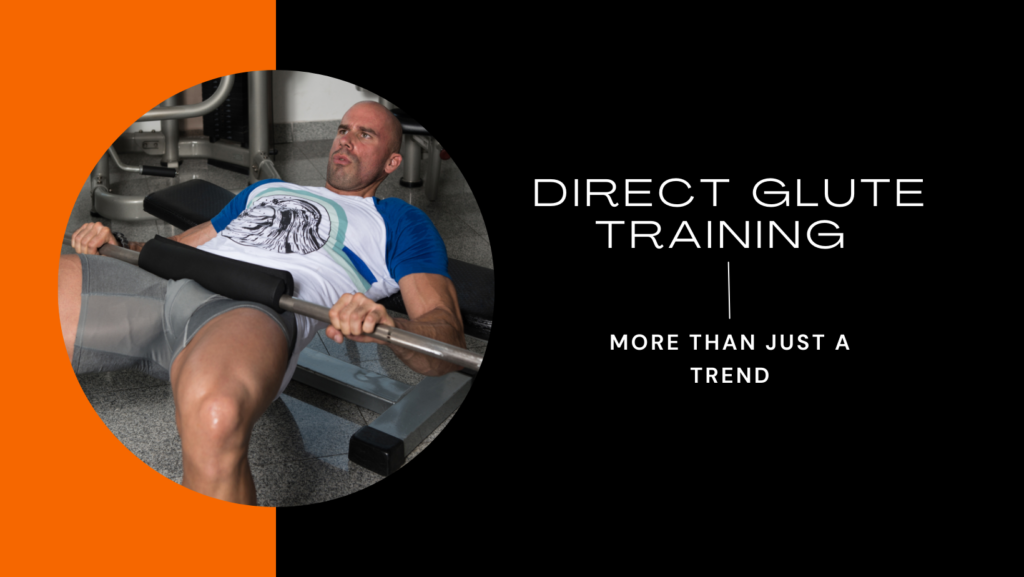Due to how modern society has progressed over the past 10 years, Glute-focused training is now a vital component of most workout routines I build. This is because we spend huge amounts of time sitting at desks, driving or watching tv. Often this creates an imbalance in the length-tension relationship of the muscles of the hips, so direct glute training can help correct this imbalance.
Strong Glutes
Strong glutes (muscles in the buttocks) provide numerous benefits for both athletic performance and overall health. The glutes are the largest and most powerful muscle group in the body. Strong glutes can help improve your speed, power, and agility. This is especially important for sports that require explosive movements, such as running, jumping, and changing direction.
In addition to improving athletic performance, glute training can improve your posture by keeping your hips in alignment and supporting your lower back. I personally have used glute training in combination with hamstring and core work in my programmes to help eliminate low back pain in many of my clients. Glute training can also reduce the risk of injury, especially in the knees, as they help stabilise the legs from the top whilst the foot stabilises from the bottom. Strong glutes can also improve stability and balance, which can help prevent falls and injuries.
Incorporating glute exercises into your routine can also lead to increased fat loss, as building strong glutes can increase your metabolism by building bigger muscles. This lets you generate more force to lift heavier, helping you burn more calories during workouts. Additionally, strong glutes can improve functional strength and make everyday movements such as walking, climbing stairs, and getting in and out of a chair easier to perform.
Many roads lead to Rome
Many exercises can help improve glute strength, including squats, lunges, glute bridges, and hip thrusts.
The reason hip thrusts have become far more popular in recent years is that they are easier to learn and execute than a heavy barbell back squat.
I personally still programme back squats first as they have far more carryover in life. Still, it’s important to incorporate a variety of exercises into your routine to target all of the different muscles in the gluteal region and use the proper form to avoid injury. As you become stronger, gradually increase the resistance or intensity of your exercises to continue making progress.
I hope you found this helpful. If you would like to work with us, you can book a FREE consultation by clicking this link BOOK NOW

